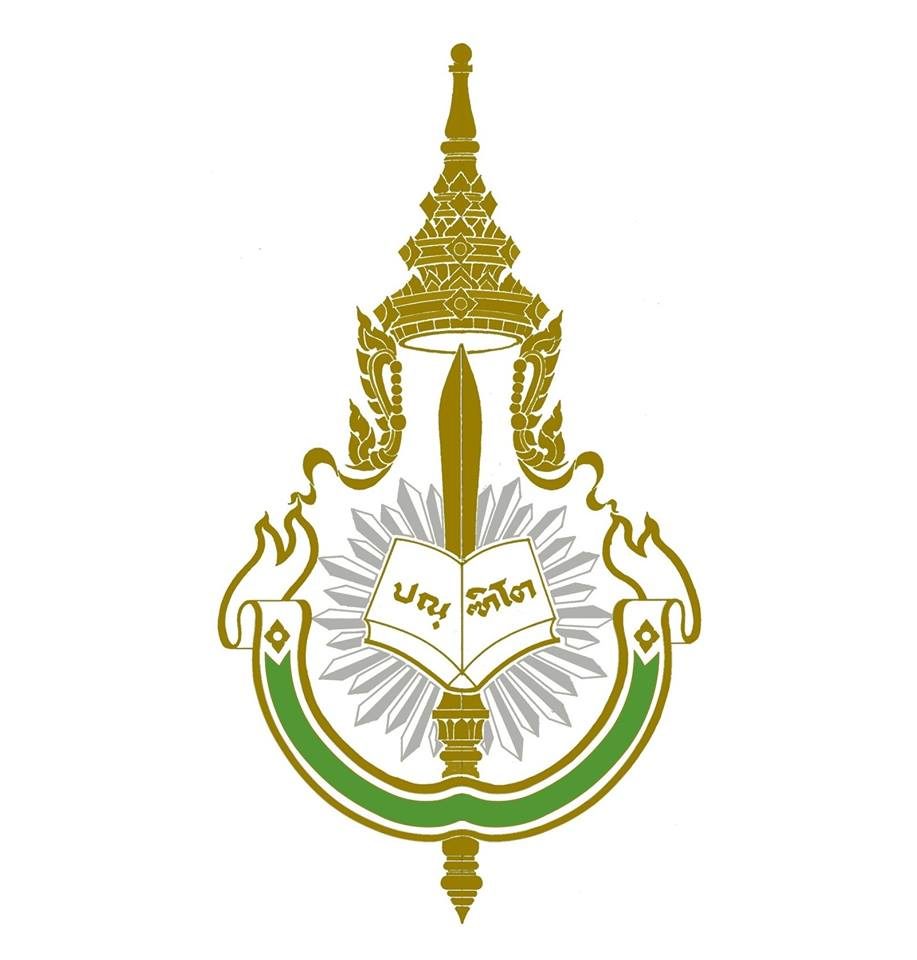Aroonrut Wichienkeeo
Associate Fellow of the Royal Institute, Academy of Moral and Political Sciences.
Associate Professor, Department of History, Faculty of Humanities and
Social Sciences, Chiang Mai Rajabhat University.
Abstract
This paper deals with the management of forests in northern Thailand in the early eighteenth century, using insights gleaned from ancient palm-leaf texts from the Lan Na kingdom. The palm-leaf texts consist of traditional laws, royal dictates, local chronicles and religious texts. These sources will be examined to help the reader understand the ways the state and the people made use of the forest resources in the past. According to the palm-leaf texts, forests were classified into six types: 1) forest as sources of food, usually located near the village. 2) forest as places for the guardian spirits to whom the villagers offer an annual sacrifice. 3) forest as a source of rivers. 4) state forest from which the king and the nobility had the right to collect resources. 5) wild tea forest located on the high mountains which belongs to the villagers who reside at the foot of the hill. 6) forest as a site of cemeteries located on the outskirts of the village or town.
Key words: Palm-leaf texts, Lan Na, King’s reserved trees, Forest classification
